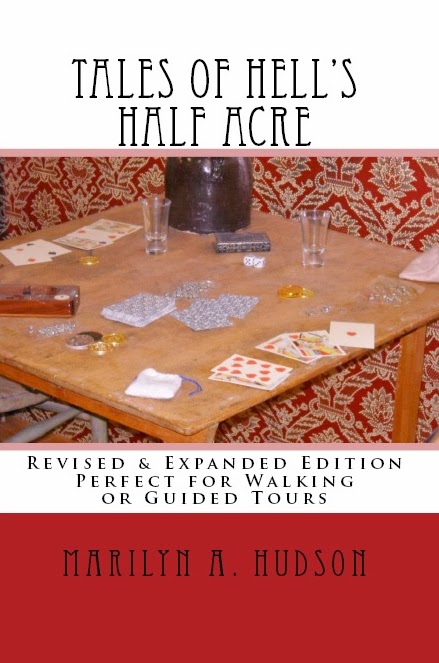 I was asked this the other day and as I searched I found there are numerous lists from as few as six signs to as many as sixteen and some who were obviously leaving the door wide open. Further research seems to suggest that these are considered the most common and likely signs of a 'haunting': Unexplained cold spots, Shadows, sounds, or movements otherwise unexplainable, Moving objects, opening doors - all unexplainable, Unexplainable moods, changes in atmosphere, or feelings of being watched, or Sightings of unexplained people, animals, or faces in or around a house which are unexplainable.
I was asked this the other day and as I searched I found there are numerous lists from as few as six signs to as many as sixteen and some who were obviously leaving the door wide open. Further research seems to suggest that these are considered the most common and likely signs of a 'haunting': Unexplained cold spots, Shadows, sounds, or movements otherwise unexplainable, Moving objects, opening doors - all unexplainable, Unexplainable moods, changes in atmosphere, or feelings of being watched, or Sightings of unexplained people, animals, or faces in or around a house which are unexplainable. You see, the key factor is it must be 'unexplainable.' Air in plumbing can groan like someone is being tortured on the rack, can thump floors and shimmy pipes over several floors giving a distinct feeling of some unseen presence. Air flow through a building can be diverted or blocked creating 'cold spots' or strange cold breezes. Old wood can contract and expand cracking open doors and drawers and knocking things off an otherwise even shelf. Tiredness, flickers of electrical current, vision problems, and birds flitting past a window can create the illusion of something moving past, a shadow rapidly speeding across a room, and slinking in a corner. Digital photography can capture orbs of light which are merely dust particles, refraction in old wavy glass can create a false play of light and shadow which the brain interprets as a "face" or nearby sounds carry on the wind leading to ideas of disembodied voices.
The amount of things we do not know about how old houses and interact with their geologic foundations, the interactions of a location with any underground water sources, the possible correlations of electrical storms and 'sightings', and the power of the human imagination to create what it expects to see, all combine to insure we keep learning and trying to understand our wacky and wild world.



